
 |
|
|
|
#1
|
|||
|
|||
|
Quote:
|
|
#2
|
||||
|
||||
|
Here we go again.
Remember the scroll badly glued with lashings of PVA?  Well I had to break the "repair" open. Very carefully. 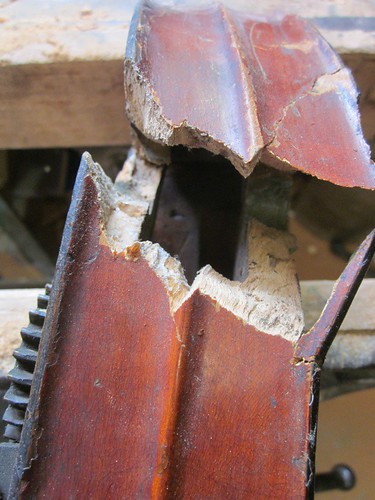 Its very hot and humid here in Sydney and not a good time to be gluing neck blocks so I'm going to clean out all the PVA. Here's my workshop for the afternoon: 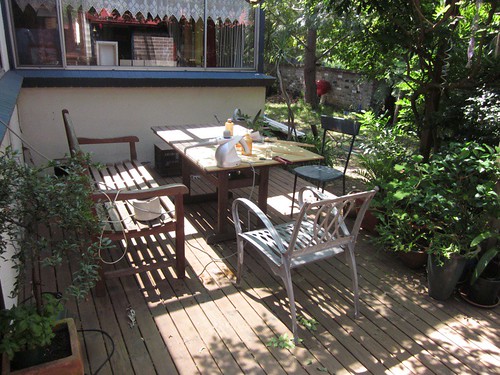 The equipment  The PVA mess  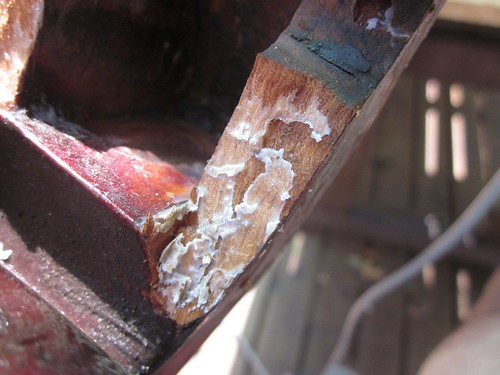  VERY fiddly job. Steam, vinegar, stiff brush, pick pick pick with sharp knife and tweezers and a LOT of patience. More like dentistry than luthiery. All done with a 10x magnifying visor, too. 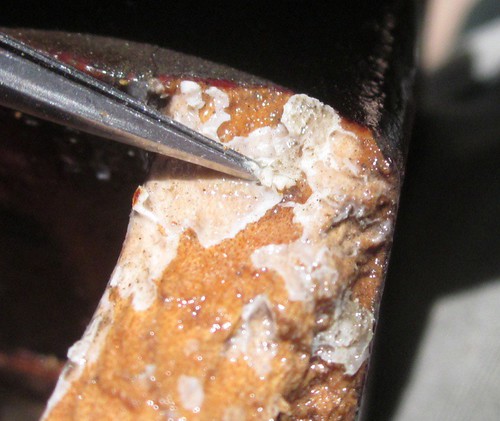 Scroll side cleaned up 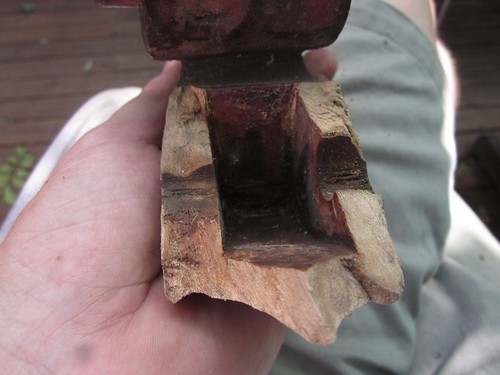 Last edited by Matthew Tucker; 01-26-2011 at 07:39 AM. |
|
#3
|
||||
|
||||
|
In this very odd photo of my leg and thumb, on the back of the scroll you can see a fracture where the pegbox is almost breaking through.
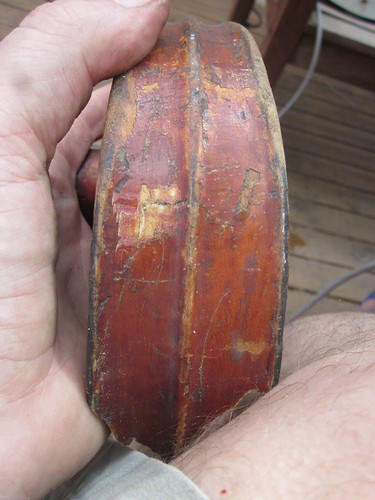 More rubbery goo. 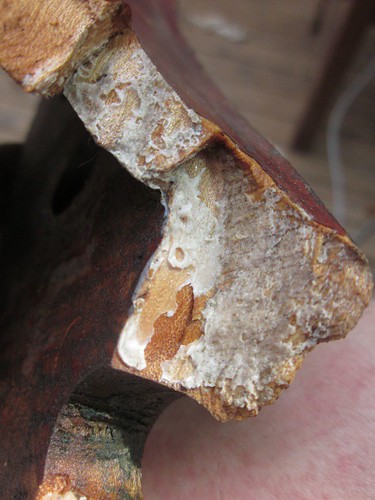 Before and after. 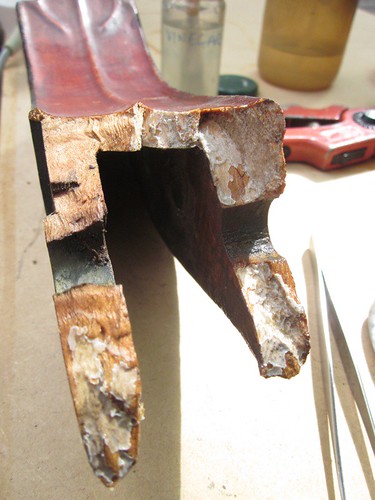 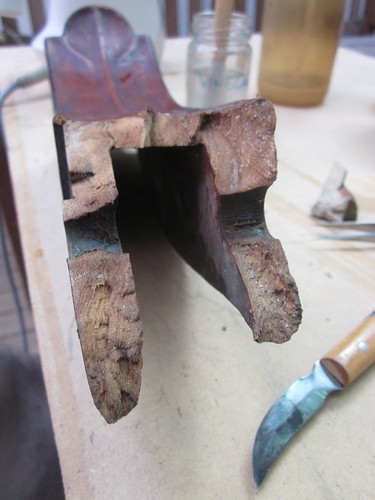 Much better. A bit daunting to think that this all has to glue back together and be strong enough for a neck graft later. You wouldn't think it, but probably an hour and a half's work all up :-( The only mishap was when I took a swig of old vinegar instead of my glass of ouzo and ice.  In all this closeup work I've had a good look at this head. VERY long, nicely cut, blackened chamfers, and I think it's beech, not maple. Last edited by Matthew Tucker; 01-26-2011 at 09:38 AM. |
|
#4
|
|||
|
|||
|
Question, will the neck graft become the main structure of the broken up scroll now? It seems amazing that this thing would stay together.
|
|
#5
|
|||
|
|||
|
Matthew, what is your repair strategy? Are you going to deeply re-cheek the sides of the pegbox to strengthen it? Considering that it broke right at the tuner shaft, my fear would be that it's likely to happen again unless heavily reinforced. I'm sure you've thought of the same thing. Would you consider having your neck graft join up by the volute, creating a new, solid pegbox? Or do you feel that's too invasive for this instrument?
|
|
#6
|
||||
|
||||
|
Running the graft all the way up there seems like a smooth maneuver but it looks like something has to be done with the back of the pegbox up top as well, yes? I think I'd want to double the whole thing if so - perhaps in two operations, top (scroll/half pegbox) and bottom (half pegbox/neck graft)?
How about spiral bushing the peg holes too, long as we're at it... Anyway, nice clean-up job so far! |
|
#7
|
||||
|
||||
|
Have to admit that my strategy is not yet fully crystallised. I wanted to see how well the joint cleaned up first. Yes it will need re-cheeking and I'm fortunate that it isn't heavily figured wood, so the repair may be well hidden if I do it well. I'm not sure that simple bushing of the pegholes is going to strengthen things much. In the Strad Secrets book there's a nice conical bushing method a guy has developed - I really like it. But whether I want to get tooled up for just this repair I don't know.
Over here one of my biggest challenges is to find the wood for these repairs. If I'm going to use maple I have to find and import a neck block. If I use beech or sycamore, I may be able to find something here. Or I could use another wood entirely. Obviously beech was original. Any suggestions for a good supplier? Also important to remember this is a practical restoration to a working bass condition. There isn't the budget for an "as original" restoration. I really won't be able to save much if any of the original varnish. And since I am replacing the neck block, we may be converting this to a removable neck, too. |
|
#8
|
|||
|
|||
|
If it were my bass, I'd do what I did with my former Olde Tyrolean; repair the scroll, hang it on the wall, and install a new neck including scroll. The original scroll on my bass had a lot of character, but had been broken several times in several different ways; when the tuner plates were removed, it fell apart. In this case, practicality won out over sentiment.
|
 |
| Currently Active Users Viewing This Thread: 15 (0 members and 15 guests) | |
| Thread Tools | |
| Display Modes | |
|
|